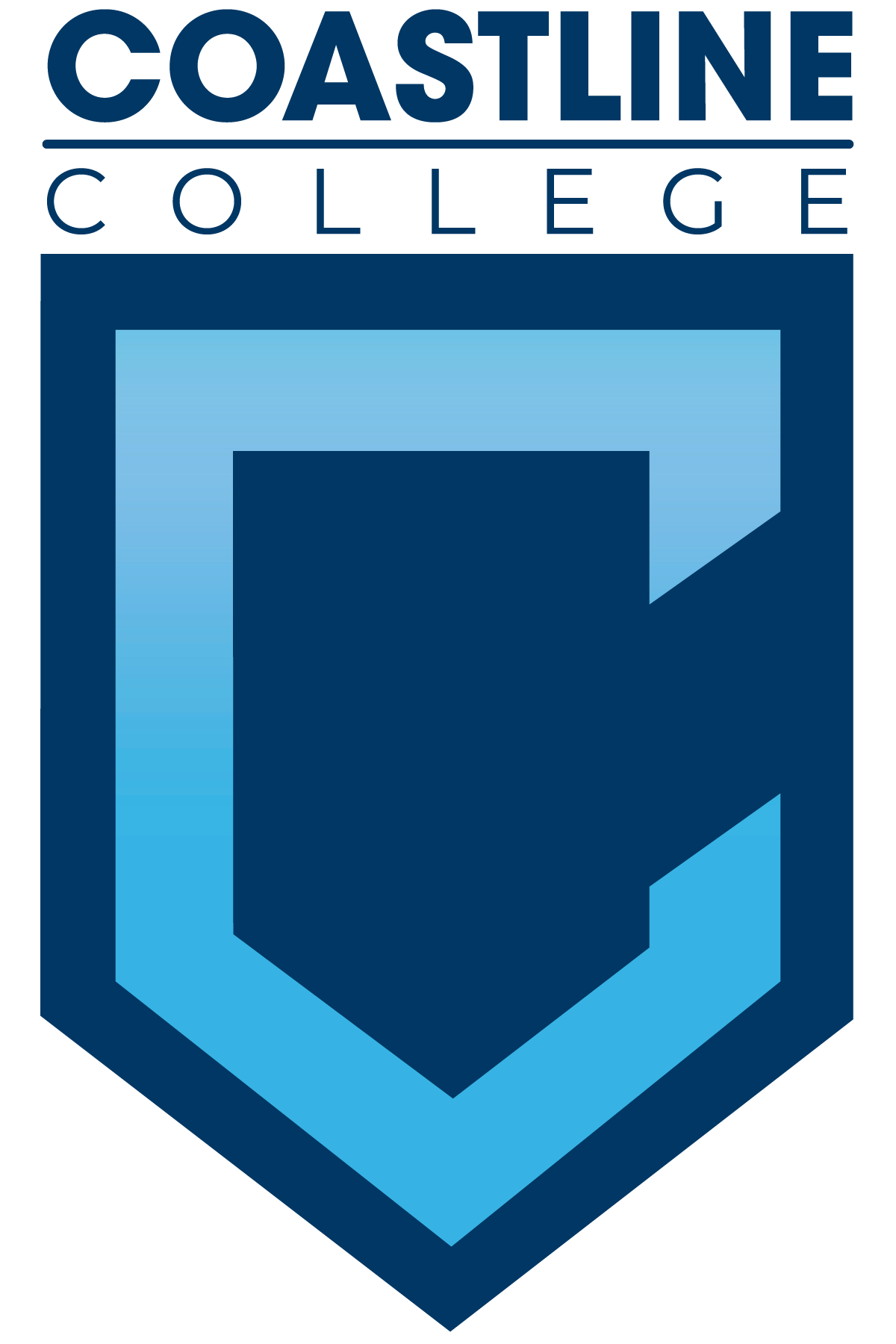Orange County, CA, (August 6, 2020) FOR IMMEDIATE RELEASE
CCCD Hazard Mitigation Planning Process
The Coast Community College District (CCCD) is currently revising its 2015 Natural Hazard Mitigation Plan with professional planning assistance from Ellen Lopez & Associates (ELA). ELA will facilitate the revision planning process.
The District will be forming a Hazard Mitigation Planning Team to assist with the revision process. The Team will come together in a facilitated forum to provide information, input, and guidance in revising the 2015 Natural Hazard Mitigation Plan. The Team will include representatives from the district community as well as local, state, and federal organizations. Team members will participate in identifying hazards, evaluating the associated risks, suggesting mitigation actions, evaluating mitigation actions, and creating a hazard mitigation strategy.
FEMA Regulations and Guidance
The Robert T. Stafford Disaster Relief and Emergency Assistance Act, as amended by the Disaster Mitigation Act of 2000, is intended to "reduce the loss of life and property, human suffering, economic disruption, and disaster assistance costs resulting from natural disasters."
The Robert T. Stafford Disaster Relief and Emergency Assistance Act (Stafford Act) legally requires state, local, tribal, and territorial governments to develop and adopt FEMA-approved hazard mitigation plans as a condition for receiving certain types of non-emergency disaster assistance. The regulations, under Title 44, Chapter 1, Part 201 (44 CFR Part 201), of the Code of Federal Regulations (CFR) contain requirements and procedures to implement the hazard mitigation planning provisions of the Stafford Act.
The regulatory requirements for local hazard mitigation plans can be found in Title 44 Code of Federal Regulations §201.6. For more information about FEMA’s Hazard Mitigation Assistance Grants, visit: www.fema.gov/hazardmitigation-assistance.
Since the Stafford Act, additional laws have been passed that help to shape hazard mitigation policy as it stands today. These laws include the Sandy Recovery Improvement Act (SRIA) of 2013, the National Flood Insurance Act of 1968, and the Water Infrastructure Improvements for the Nation (WIIN) Act of 2016.
What is Hazard Mitigation?
The Federal Emergency Management Agency (FEMA) defines hazard mitigation as "any sustained action taken to reduce or eliminate long-term risk to life and property from natural hazards."
Disasters can cause loss of life, damage buildings and infrastructure, and have devastating consequences for a community's economic, social, and environmental well-being. In other words, hazard mitigation keeps natural hazards from becoming natural disasters.
Benefits of Hazard Mitigation
Hazard mitigation planning is an investment in the District Community's future safety and sustainability. Mitigation planning helps you take action now, before a disaster, to reduce impacts when a disaster occurs. Having an updated hazard mitigation plan will increase awareness of hazards, risks, and vulnerabilities; identify actions for risk reduction; focus resources on the greatest risks; communicate priorities to state and federal officials; and increase overall awareness of hazards and risks.
The goals of effective hazard mitigation planning are to:
- Protect public safety and prevent loss of life and injury
- Reduce harm to existing and future development
- Maintain community continuity and strengthen the social connections that are essential for recovery
- Prevent damage to your community's unique economic, cultural, and environmental assets
- Minimize operational downtime and accelerate recovery of government and business after disasters
- Reduce the costs of disaster response and recovery and the exposure to risk for first responders
- Help accomplish other community objectives, such as capital improvements, infrastructure protection, open space preservation, and economic resiliency
Many faculty members, students, and staff have been impacted by the disastrous effects of natural hazards in one way or another. Some of the hazards that can affect the District include earthquakes, fires, floods, extreme heat, and pandemics. In addition to a large event like an earthquake, there are also smaller, isolated weather events that cause localized property damage and other significant losses.
How Can You Get Involved?
Members of the public have a very important role in this process. The District's Hazard Mitigation Planning Team considers broad public participation in the planning process as an essential strategy for developing a plan that will be effective and supported by the district community. The process will provide opportunities for the district community, public officials, and stakeholders to participate in the revision of the plan.
The District will post information on its website regarding the mitigation process and upcoming meetings.
For more information on the Coast Community College District's revision of the LHMP or the planning process, please contact:
- Coast Community College District
- Mike Colver
- Director of Security & Emergency Management
- (714) 241-6360
- mcolver@coastline.edu
- Ellen Lopez & Associates (ELA)
- Ellen Lopez, President
- Project Manager
- (562) 252-5358
- elopez562@icloud.com
